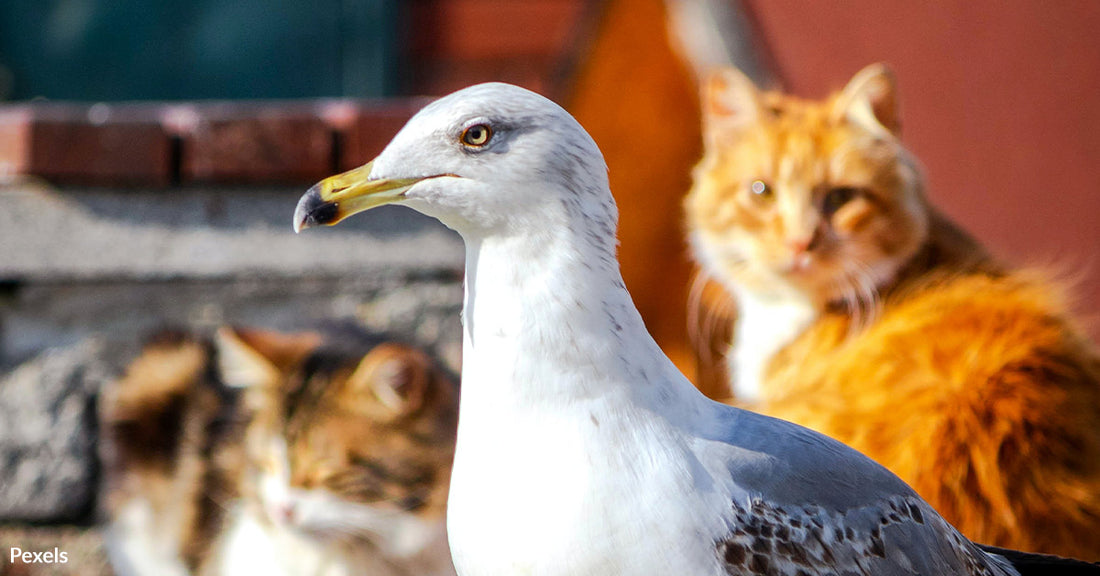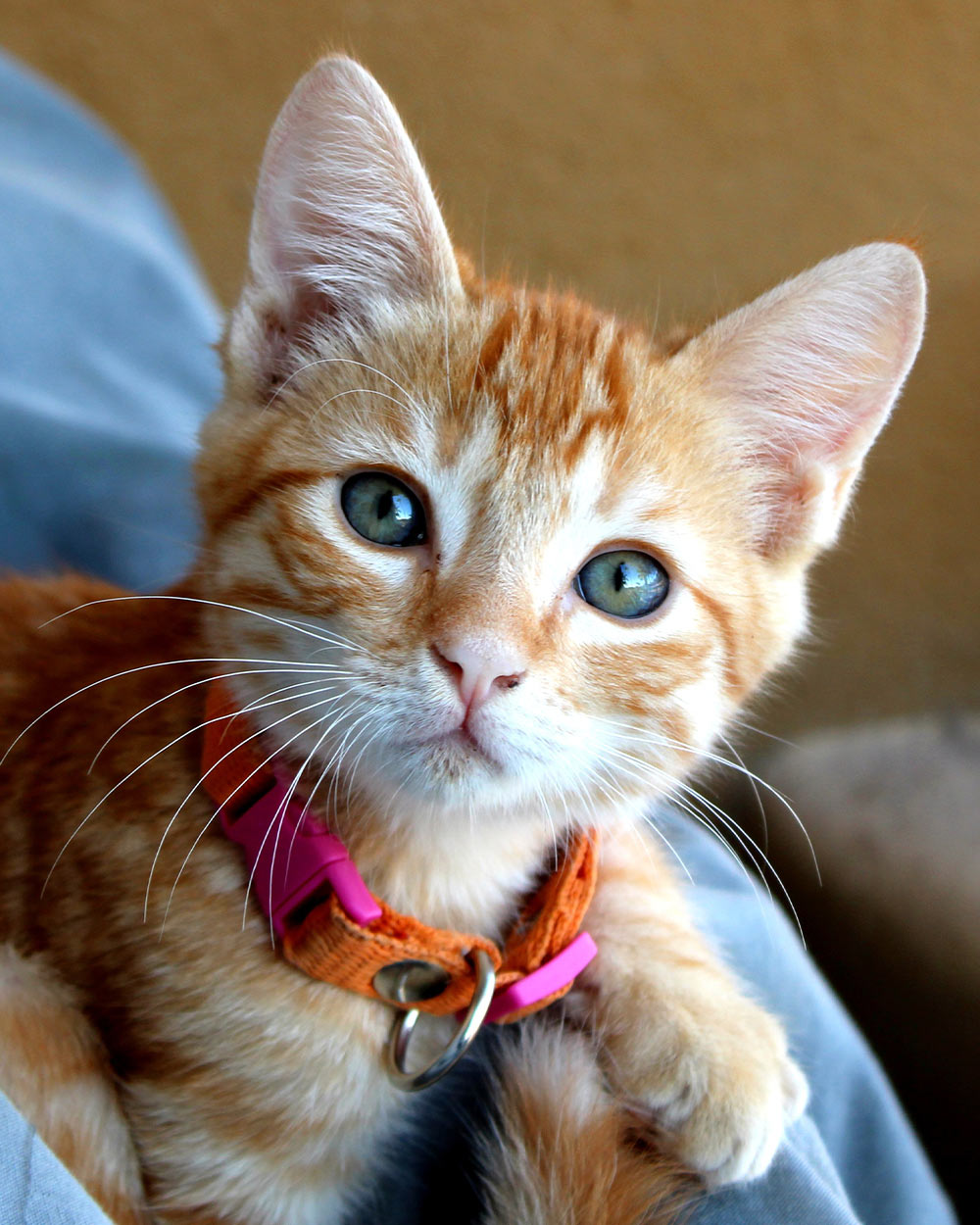The Danger of Avian Flu and the Threat it Poses to Pets in the U.S.
Matthew Russell
Avian flu, also known as avian influenza, is a viral disease that primarily affects birds but can also pose a threat to humans and pets, the American Veterinary Medical Association reports. Recent reports from Poland have raised concerns about the transmission of avian flu to domestic cats, highlighting the potential dangers it poses to pets in North America.
Avian Flu Outbreaks Worldwide
Bird flu outbreaks have been confirmed in numerous countries around the world, signaling the global prevalence of this disease. From 2021 through June 2023, a total of 54 countries reported bird flu outbreaks to the World Health Organization (WHO), indicating the widespread nature of this infectious disease, according to the Centers for Disease Control and Prevention. The highly pathogenic A(H5N1) viruses have been detected in wild birds and poultry, leading to concerns about its potential impact on public health.
 Photo: Pexels
Photo: PexelsRecent outbreaks in Poland highlight the dangers of avian flu transmission to domestic cats.
Avian Flu Outbreaks in Poland
The recent avian flu outbreaks in Poland have drawn attention to the potential transmission of the disease to pets, particularly domestic cats. The Chief Veterinary Office of Poland confirmed that 20 out of 29 samples of avian influenza A(H5N1) were found in cats from various cities across the country. These cases of infection in cats have resulted in ongoing investigations to determine the source of the infection and the possibility of feline-to-feline or feline-to-human transmission, BNO News reports.
While the severity of the disease and the risk it poses to humans remain uncertain, the European Centre for Disease Prevention and Control (ECDC) has reported no human cases related to this cat event in Poland. The primary concern at present is the transmission of avian flu to pets, specifically cats, but the transmission to humans can and still does occur, most often sporadic and in a specific context, reports the World Organisation for Animal Health.
 Photo: Pexels
Photo: PexelsAvian flu poses a potential threat to pets in North America.
Avian Flu in North America
The threat of avian flu is not limited to Poland or other countries experiencing outbreaks. In the United States, the CDC has reported ongoing sporadic human cases and increased activity in wild birds, poultry, and other animals. Although the overall risk to human health associated with highly pathogenic A(H5N1) viruses remains low, the CDC acknowledges the potential for continued sporadic human infections.
The U.S. Department of Agriculture's Animal and Plant Health Inspection Service (APHIS) has confirmed the presence of Eurasian (H5 clade 2.3.4.4b) avian influenza in North America since January 2022. This strain has affected a significant number of birds, with over 58 million impacted in 47 states as of June 2023, Reuters reports. However, efforts to contain the lateral spread of the disease have been successful, reducing the percentage of cases attributed to lateral transmission from 70% to 15%.
 Photo: Pexels
Photo: PexelsAvian flu can potentially transmit from cats to humans.
The Threat of Avian Flu to Pets
While avian flu primarily affects birds, the recent cases in cats highlight the potential threat it poses to pets, including those in North America. Cats may be vulnerable to infection if they come into contact with infected birds or their bodily fluids. The transmission of avian flu from birds to cats raises concerns about the potential for further transmission to humans.
The current uncertainties surrounding the source of infection and the severity of the disease emphasize the importance of vigilance in protecting pets. Pet owners should be aware of the risks associated with avian flu and take appropriate measures to safeguard their pets' health and well-being.
 Photo: Pexels
Photo: PexelsCats are vulnerable to avian flu if they come into contact with infected birds or their fluids.
Mitigating the Spread and Protecting Pets
To mitigate the spread of avian flu and protect pets, it is crucial to follow recommended guidelines and precautions. Here are some key measures that pet owners can take:
- Limit Exposure: Avoid allowing pets, especially cats, to come into direct contact with birds, especially wild birds and poultry.
- Maintain Hygiene: Practice good hygiene by regularly washing hands after handling birds, cleaning litter boxes, and disposing of any bird carcasses or waste.
- Vaccination: Consult with veterinarians about available vaccines and whether vaccinating pets against avian flu is recommended in your area.
- Seek Veterinary Care: If pets show any signs of illness, such as respiratory distress, lethargy, or loss of appetite, seek immediate veterinary care and inform the veterinarian about potential avian flu exposure.
- Follow Local Guidelines: Stay informed about local guidelines and recommendations from public health authorities regarding avian flu and its impact on pets.
 Photo: Pexels
Photo: PexelsThe risk of avian flu to humans remains uncertain, but the primary concern is transmission to pets.
While the risk to human health remains low, it is essential for pet owners to take precautions to protect their furry companions from avian flu. By being proactive, pet owners can play a crucial role in mitigating the spread of avian flu and safeguarding the well-being of their pets.
Help protect pets from this potential health threat. Click below and take the pledge to reduce the risk of bird flu and keep pets safe

